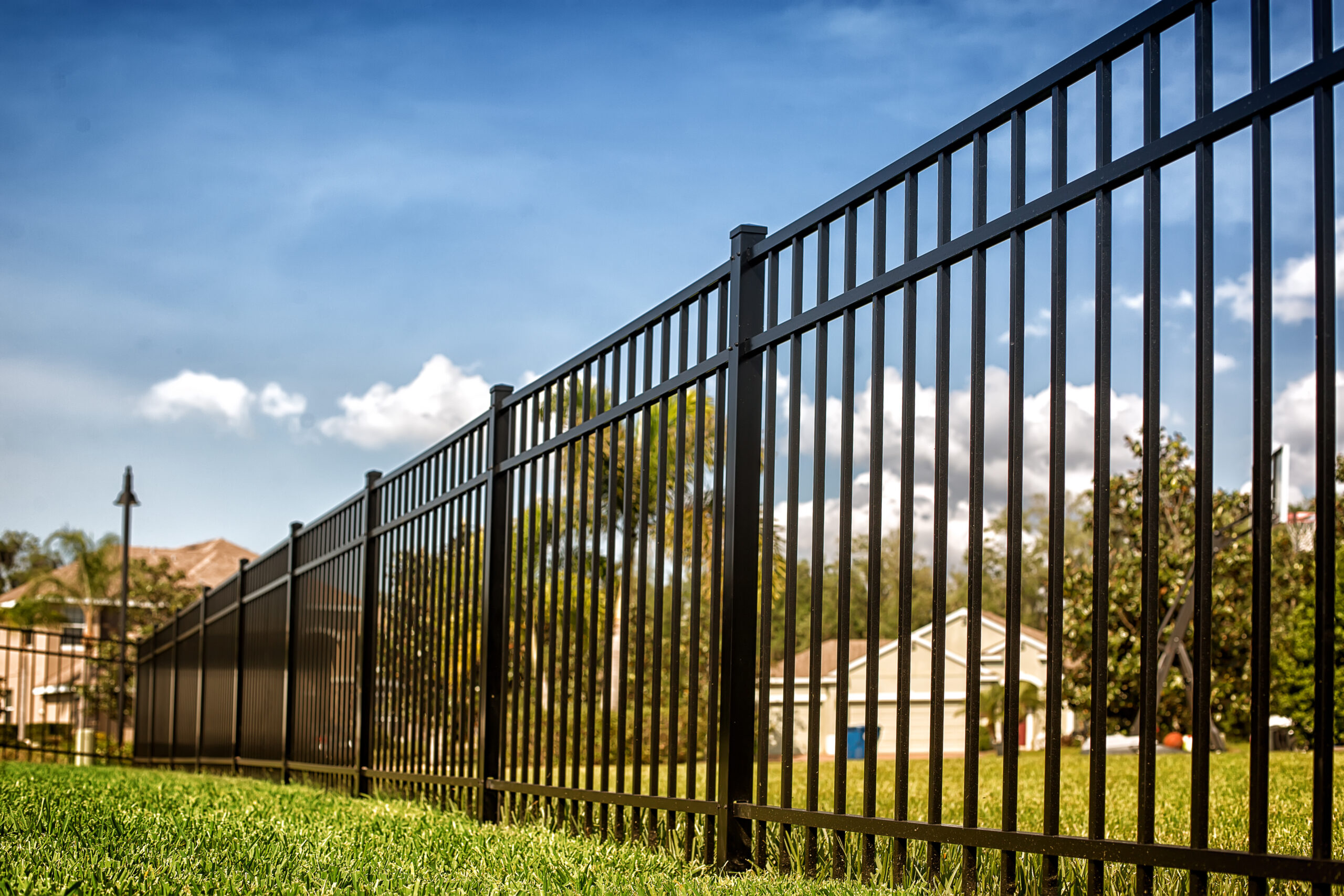- 07 Jun 2023
- •
- 4 min read
How do I discover who owns a boundary fence, wall or hedge?

Identifying the location and ownership of boundaries is notoriously tricky business, and always required an in-depth investigation of the available evidence.
Checking your property’s title deeds should be the first port of call.
Unless formally determined and registered with the Land Registry, the boundary lines shown on your title plan will be “general boundaries” only. This means that it shows the general position of the boundary and cannot be relied on as a precise plan. In some cases where the property is very large, the boundary line marked on a title plan could be the equivalent of several metres on the ground!
The wording of the deeds may indicate the position or responsibility for the boundary in more detail. The deeds may also show a scale plan or specific ‘T’ or ‘H’ marks on the plan – which we explore in further detail below.
However, whilst checking the deeds remains the first port of call, this is still not conclusive. Fences blow down, new physical features can be formed, and neighbours may reach specific agreements between themselves. Considering all the available evidence is always important.
Another aspect to consider is whether there is a specific agreement between neighbours, or any extrinsic evidence suggesting ownership such as how the boundary feature has been maintained historically.
Does my neighbour have to maintain a fence?
On private land it is the landowner’s responsibility to fence their livestock in (Animals Act 1971). However, this is not the same as proof as to the location of the boundary or ownership of the boundary feature, though it may be a starting point for your investigation.
Otherwise, unless there is a specific obligation within the deeds, there is no such duty on a neighbour to fence their land from yours, and if they want to allow any current fence to fall into disrepair, they can, so long as it does not fall onto your land. In modern estates, it is more common for the deeds to contain express covenants saying property owners must maintain a fence but without this, there is no common duty.
The significance of ‘T’ and ‘H’ Marks
As previously mentioned, there are instances when marks on the properties title deeds can provide insight into the ownership, responsibility for maintenance, or repair of a boundary feature.
These marks are most commonly ‘T’ marks, where the ‘T’ is drawn on the land of the party owning the boundary feature, with the base of the ‘T’ touching the line representing the feature. Many people will assume a ‘T’ mark confirms they own the boundary feature, for example the fence. The presence of ‘H’ is also commonly assumed to signify a jointly shared ownership of a boundary feature.
Whilst this may be a starting point, there has been legal precedent established in the case Lanfear v Chandler that the inclusion of a ‘T’, ‘H’, or other marks does not in itself carry any special meaning, and no legal implications will be drawn unless the meaning is written in the deed itself.
The contents of the property deeds therefore remain essential starting points for establishing ownership of a boundary.
Hedges and Ditches
Where a hedge and a ditch, or a bank and ditch separate two properties, the ownership boundary is presumed to be along the opposite edge of the ditch from the hedge or bank.
The rebuttable presumption being that the ditch was dug after the boundary was drawn and that an owner digging a boundary ditch will normally dig it up to the very edge of their own land, and will pile the soil on to their own side of the ditch to avoid trespassing onto their neighbour’s land. They may then plant a hedge on the soil, leaving the ditch on its far side. However, both elements of the presumption can be rebutted with evidence. For example, this could occur if the ditch is proven to be natural rather than man-made, or if the construction of the ditch, bank, or hedge took place during a period when the lands on both sides were under shared ownership.
Obtaining a detailed history of how the boundary has been treated or maintained over the years is always important.
Myths
There are lots of different beliefs that the way a wall or fence is constructed can suggest who the owner is, for example ownership is always on the right or left when you look from the front of a property. However, there is no legal significance to this.
As such, caution is always advised when relying on any supposed boundary rules. A lot of these will be complete myths and even when it comes to legal presumptions, these will be rebuttable with evidence. As such, any assumptions should only be a starting point for your investigation and you must still consider the evidence on the deeds, on the physical boundary itself, and in the history of how the boundary has been treated.
Just Ask
A common-sense approach is always preferable when it comes to property matters. If the physical feature needs repair/maintenance and you cannot establish ownership or maintenance responsibilities for the property title deeds, then ask the neighbouring landowner how they would like to deal with the issue is often the most practical and cost-effective way of dealing with the issue. However, if issues do arise, then obtaining legal advice at an early stage is always recommended.
To speak to one of the team you can get in touch below or call us on 0800 2800 421.




